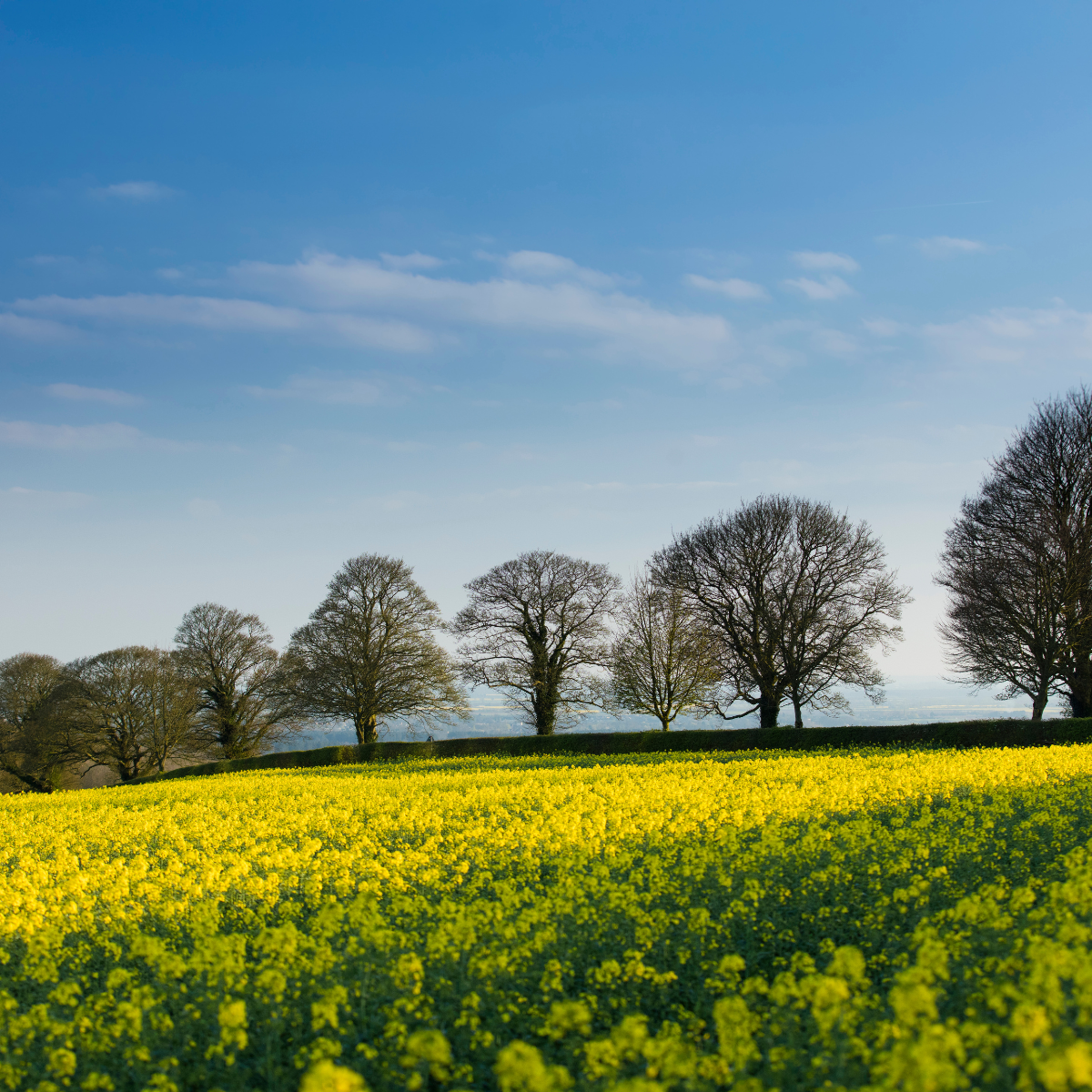About the project:
Bigby Parish is in the West Lindsey district of Lincolnshire it lies on the Viking Way and is situated about 10 miles south from the Humber Bridge and four miles (6 km) east from the town of Brigg. The village lies in the Lincolnshire Wolds, a designated Area of Outstanding Natural Beauty.
Parish members began a discussion about developing ‘Sustainable Village’ during Covid Lockdown. A supportive local farmer has ex gravel pit land available, up to 54 hectares, and following a community survey of opinion the Parish Council appointed Arup as consultants.
The specification asked for a project that covered power generation as well as commercial possibilities. It was a very successful partnership that has produced very detailed ‘prospectus’ of strategic options for both power generation and sustainable business development looking forward to 2039. It feeds into national and international strategies for environment, and sustainable development, as well as the ‘levelling up agenda’ of the current UK Government.
A critical factor for success was the willingness of the Parish Council, Landowner, and Arup staff to think creatively and their preparedness to welcome new insights and options.
Challenges and risks
The initial ideas was a solar farm for the village. This would require about four hectares of land, but no substation or grid connection is available.
Once 54 hectares became a possibility on grade 3b land it opened up all manor of options for power generation and potential usage in situ.
The best solution would be a Grid connection to enable rural supplies to be fed to national use to sustain a long term business case. There could be up to 25,000 homes supplied with the green energy from the development.
Key facts:
The prospectus explored power generation from: solar, geothermal, onshore wind, anaerobic digestion, ground source heat, water source heat, and hydrogen.
54 hectares of grade 3b land
50 mWh energy generated from solar and 140,000 tonnes of CO² savings long term
Lessons learnt
Engaging in local dialogues was a must for this project. All sustainable development requires partnership dialogues and there was a need to make contact with significant others as local and regional stakeholders.
Time was also required to dedicate to researching across the internet.

